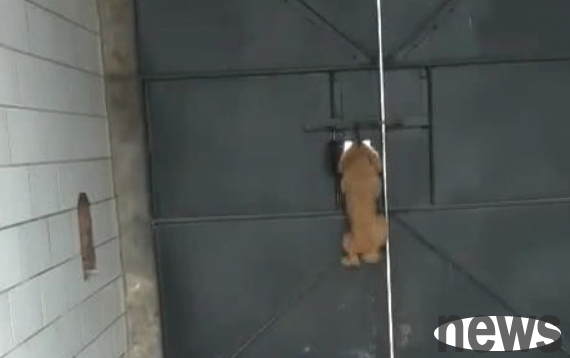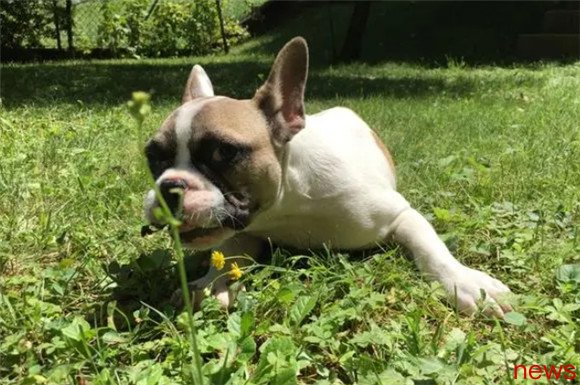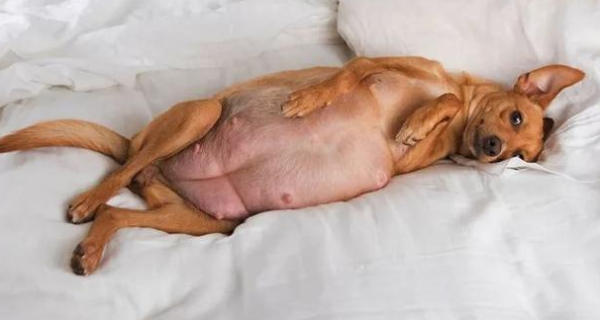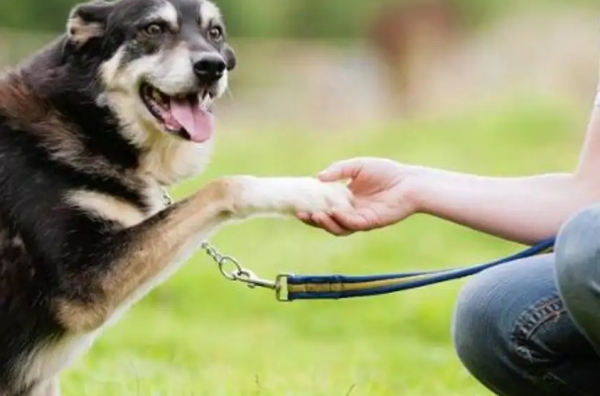You must be responsible when raising a cat, and never ignore the cat s old age!
I believe many people will raise pets at home, and cats and dogs have become the first choice for many people. In fact, they cannot accompany us. In their short lives, we should accompany them well. We need to understand the precautions for raising cats and the signs of cats coming to our home.
People have birth, old age, sickness and death, and the same is true for cats. In the process of getting older, we need to pay special attention to diet, diseases, and care. The resistance of elderly cats will gradually decrease, and the chance of getting sick will also increase. Cats need more company when they are old. Don’t discard the cat because it is old.
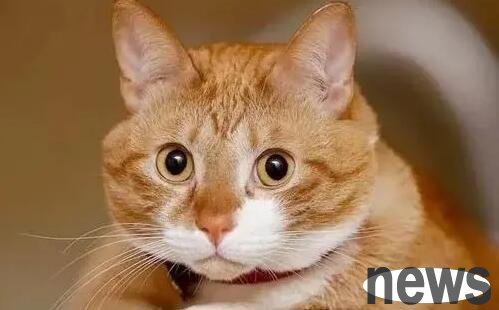
1. Cat lifespan
When domestic cats grow to 8 years old, they are already "middle-aged". Its average lifespan is 14 years, but as long as it is properly cared for, it often lasts more than that. However, stray cats usually have a lifespan of only 2 years. When a domestic cat grows to 1 year old, it is equivalent to the 15th year of a human. This ratio will gradually shrink until after 10 years old. Every time it grows to 1 year old, it can be equivalent to the 3 year old of a human. The average lifespan of domestic cats (14 years) and maximum lifespan (25-30 years) are higher than that of most pets, including dogs. The longest-lived domestic cat in history is a cat named Perth, which died the day after its 36th birthday in 1939.
2. Pay attention to the daily life of elderly cats
As we grow older, the cat's movements gradually slow down and the sleep time becomes longer. Older cats like to lie in warm and dry indoors. Continuous weight loss is the most common phenomenon in the process of cats getting older. In addition, their vision and hearing may also decline, but their sense of smell has increased. Therefore, when going out, pay special attention to its safety. Old cats may become picky about food and tend to eat less and eat more. Because old cats have decreased kidney function, fresh and clean water should be prepared. If a careful owner finds that the old cat has symptoms such as thirst, anorexia, drooling and laziness, he or she can ask the veterinarian to have a regular physical examination for the cat, so that the problem can be prevented before it occurs.
Although cats are less likely to get joint diseases than dogs, the flexibility of old cats is also much worse than before, especially when combing their fur. "Unrepaired edges" especially messy hair on the spine and back of legs, indicating that its joints may be aging. The owner should often use a comb to comb the fur for the cat, which will help promote the circulation of its blood and improve this phenomenon.
3. Feeding of elderly cats
1. Correct medical care
Elderly cats must undergo regular physical examinations. In addition to annual vaccinations and physical examinations, you should also learn through your pet doctor about blood tests (for kidney and thyroid checks), urine, heart, and more, as well as monitoring of weight and disease through your pet doctor. Don't miss vaccination, as older cats have relatively fragile immune systems. Also, record all suspicious conditions and inform the pet doctor.
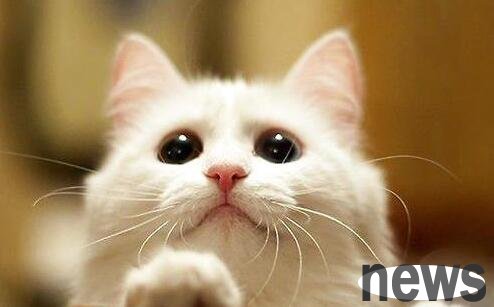
2.Double exercise
Obacteria and arthritis are the two most common diseases in elderly cats, so it is very important to encourage your cat to exercise regularly.
3. Daily routine
The consistent daily routine is very important for the physical, psychological and emotional health of elderly cats, and can make them live comfortably and with peace of mind.
4. Healthy fur
You should regularly groom your cat's hair every week. This can make your cat's body softer and can also stimulate and massage stiff joints.
5. Healthy teeth and gums are also important to regularly take care of teeth in pet doctor clinics, because elderly cats are more likely to suffer from gum diseases and accumulate tartar. In addition to regular check-ups in professional dental clinics, it is also a good idea to regularly check your cat's teeth and gums at home.
6. Nutrition of elderly cats
In addition to regular examination and care by pet doctors, it is also very important to understand the changes in the nutritional needs of elderly cats. Overall, when cats are 7 years old, their life begins to become a bit monotonous, so their nutritional needs begin to change. Older cats are not as active as they were when they were young, and their metabolism has slowed down, so the calories required by the body are also relatively reduced. But high-quality, easy-to-digest protein is more important than ever, and it helps maintain a comprehensive level of physical health. High-quality elderly cat food concentrates a variety of nutrients, high quality, low fat content, protein and digestible carbohydrates provide the energy needed by elderly cats. Important minerals help strengthen the health of their bones and joints, and vitamins and proteins help strengthen the immune system and prevent infectious diseases. Elderly Cat Food has a special formula for elderly cats to adapt to and meet the nutritional needs and eating habits of elderly cats. Therefore, your cat can have a great meal without worrying about any nutritional deficiencies. Provide your cat with plenty and fresh drinking water as older cats need to drink more water.
7. Set up cat litter box
Some cats start to urinate outside the litter box after entering old age. If this happens, you should first work with your pet doctor to determine whether it is caused by a certain disease. The number of times you clean the cat litter box should be increased, and more, larger and not very deep cat litter box should be prepared to facilitate your cat to climb in and out. Change the litter box and replace all the pads or base brackets in the litter box. If your elderly cat used to defecate outdoors but now it is out of control, you should let it use a litter box.
8. The comfortable home provides additional warming measures such as hot water bags or pressure-sensitive mats. Prepare a warm cat bed to facilitate elderly cats with inflexible limbs to climb up and down, or set up a safe ramp to the cat bed. Try to avoid changing or noisy environments, for example, if you are having a family party, leave your elderly cat alone in another room.
Many families regard cats not only as pets, but more often as family members. Older cats require us to put in more time and energy. In terms of breeding, we should pay more attention to the nutrition of elderly cats. Regular physical examinations can help us know the physical condition of elderly cats in advance.

